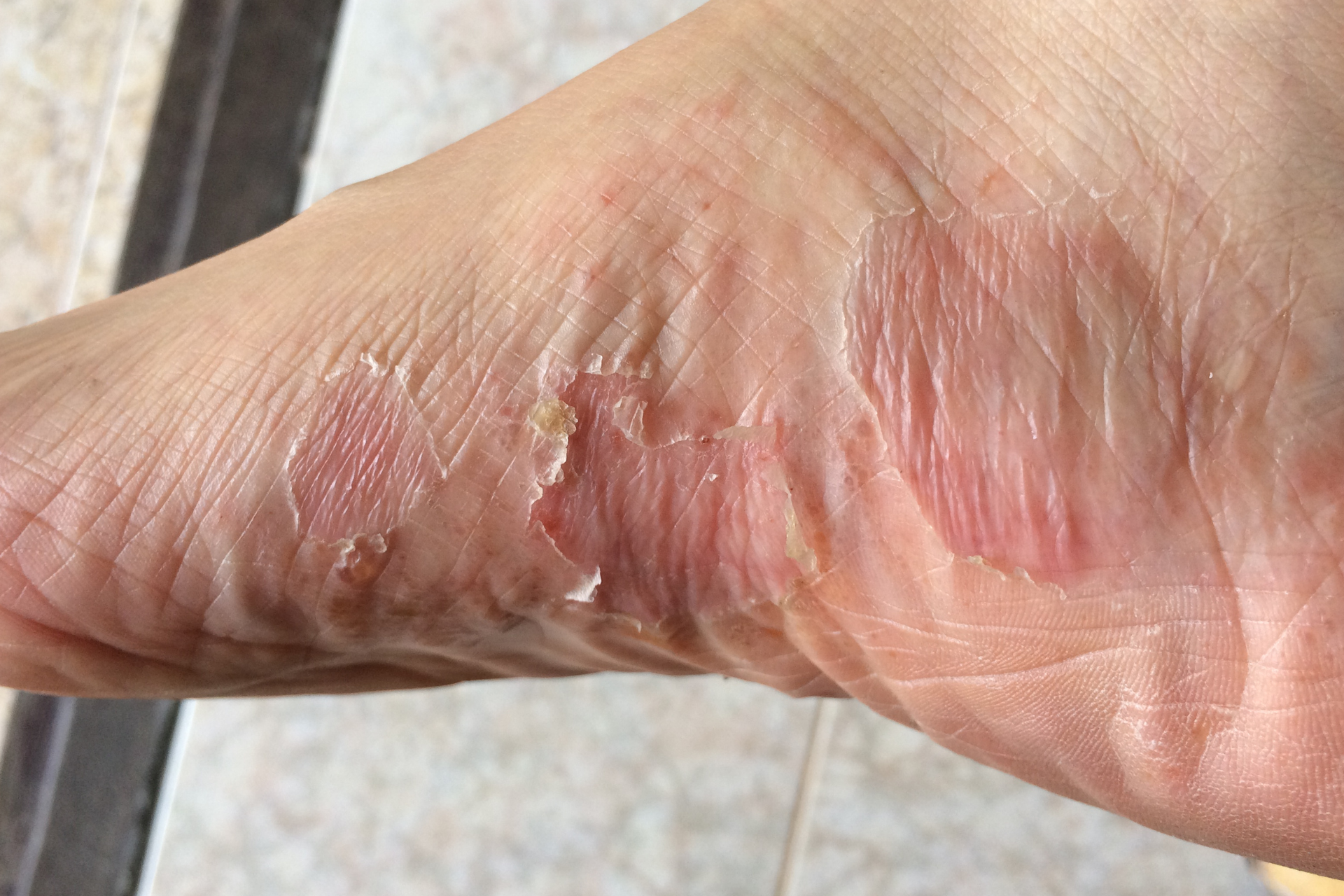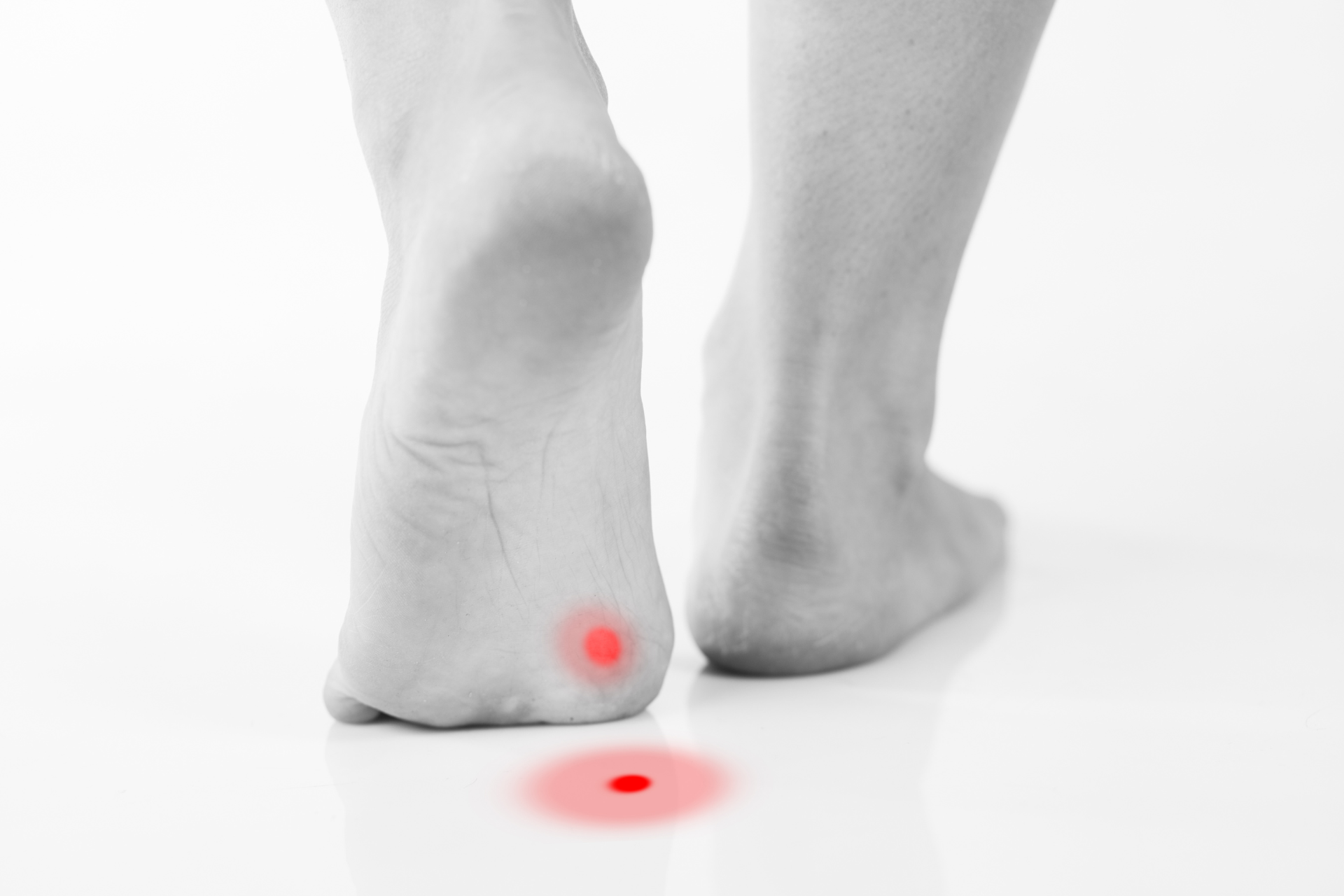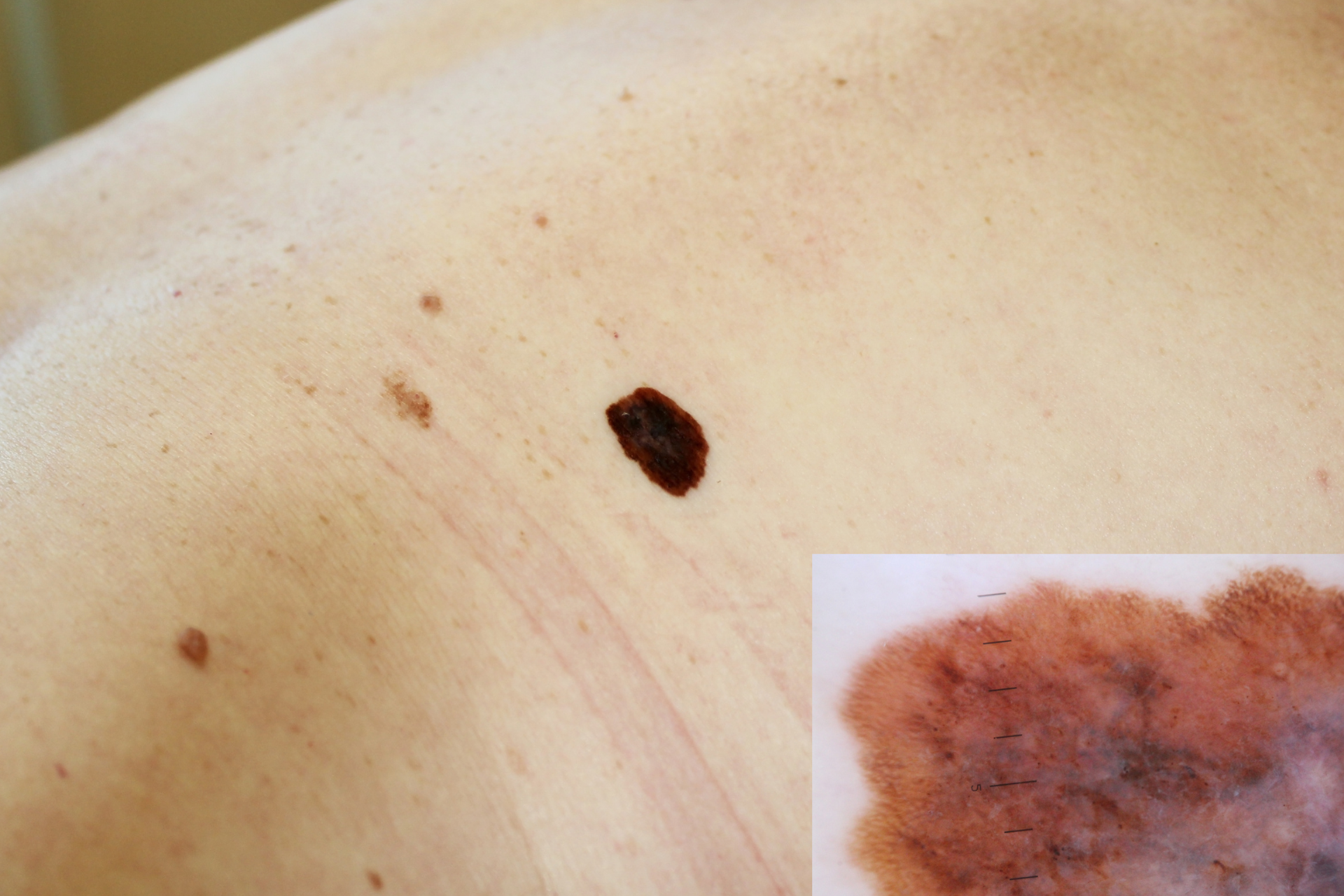How to Treat Common Skin Infections at Home and When to See a Doctor

At Fall Creek Skin and Health Clinic, we understand that skin infections can be a source of discomfort and concern for many individuals. While some skin infections can be managed at home with proper care and treatment, others may require medical attention. In this blog post, we’ll explore common skin infections, their at-home treatments, and guidance on when it's necessary to seek professional help.
Common Skin Infections
1. Impetigo
This highly contagious bacterial skin infection often affects children. It appears as red sores that can ooze and crust over.
2. Fungal Infections
Conditions such as athlete's foot and ringworm are caused by fungi and can lead to redness, itching, and peeling skin.
3. Folliculitis
This infection occurs when hair follicles become inflamed, usually due to bacteria or fungus, leading to red bumps or pus-filled blisters.
4. Cellulitis
A deeper skin infection that can spread rapidly, cellulitis presents with swelling, redness, and pain. It often occurs after a break in the skin, such as a cut or insect bite.
At-Home Treatments
For mild cases of skin infections, simple home treatments may suffice:
- Cleansing
Start by gently washing the infected area with mild soap and water. This helps remove any bacteria and reduces the risk of further infection.
- Topical Antibiotics
Over-the-counter topical antibiotics, such as bacitracin or Neosporin, can be applied to minor cuts and abrasions to prevent bacterial growth. This may be particularly useful in treating minor impetigo.
- Antifungal Creams
For fungal infections, antifungal creams like clotrimazole or terbinafine can be effective. Apply as directed on the affected area, ensuring the skin is clean and dry before application.
- Warm Compresses
For conditions like folliculitis, applying a warm compress several times a day can help soothe irritation and promote healing.
- Hydrocortisone Cream
This can help reduce inflammation and itching associated with some skin infections, but it should be used with caution and not for extended periods on infected areas.
When to See a Doctor
While mild skin infections can be treated at home, there are specific signs that warrant a visit to your healthcare provider:
- Persistent Symptoms
If symptoms do not improve within a few days of at-home treatment, it’s essential to seek medical advice.
- Rapid Spread
If an infection appears to spread quickly, such as with cellulitis, seek immediate medical attention. This condition can become serious if left untreated.
- Fever and Increased Pain
The presence of fever, chills, or escalating pain could indicate a more severe infection requiring professional treatment.
- Underlying Health Conditions
Individuals with weakened immune systems, diabetes, or other health concerns should consult with a healthcare professional at the first sign of infection.
At Fall Creek Skin and Health Clinic, we offer comprehensive skin and health care for patients of all ages. Whether you're dealing with a minor skin issue or a more serious condition, our experienced team is here to help with affordable, quality care. Don’t hesitate to reach out if you have questions or need assistance. Remember, taking prompt action can lead to better outcomes for your skin health!




